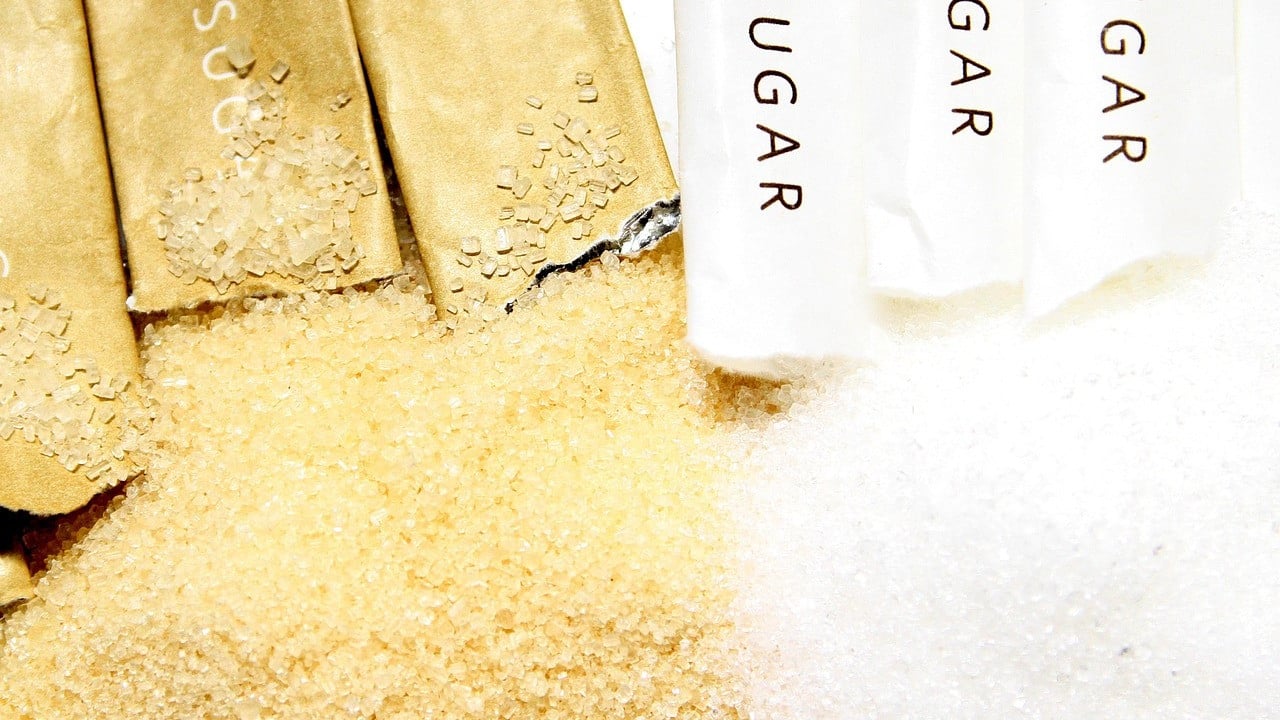Discover the Uses and Perks of Beet Sugar Vs Cane Sugar in Your Daily Diet
Exploring the distinctive high qualities of beet and cane sugar exposes more than just their sweetening capabilities; it highlights their distinct influence on health and wellness and cooking arts. Beet sugar, recognized for its refined taste, is often favored in delicate desserts, whereas cane sugar, with its hint of molasses, adds splendor to durable meals. Each kind holds its own dietary profile and glycemic effects, welcoming a deeper understanding of their duties in a well balanced diet and sustainable usage techniques.
Beginning and Production Procedures of Beet and Cane Sugar

The distinct climates and dirt types required for growing sugar beets and sugarcane add to distinctions in their cultivation practices and geographical distribution, affecting the economics and sustainability of their manufacturing. beet sugar vs cane sugar.
Nutritional Comparison In Between Beet Sugar and Cane Sugar
In spite of originating from different plants, beet sugar and cane sugar are nutritionally really similar, both mostly including sucrose. Each gives about 4 calories per gram, converting to roughly 16 calories per teaspoon. Structurally, both sugars are composed of about 99.95% sucrose, with marginal quantities of various other compounds like wetness and trace minerals, which do not dramatically alter their nutritional accounts.
Eventually, when choosing in between beet sugar and cane sugar based on dietary web content alone, both deal identical advantages and drawbacks as they are essentially forms of the very same particle-- sucrose, giving quick power without various other nutrients.
Effect On Health And Wellness: Glycemic Index and Caloric Material
Discovering better into the effects of beet sugar and cane sugar on health, it is essential to consider their glycemic index and caloric content. The glycemic index (GI) of both beet and cane sugar is around 65, categorizing them as high-GI foods, which can cause fast spikes in blood sugar degrees.
Each type of sugar contains about 4 calories per gram, making their calorie content equivalent. For those keeping an eye on caloric consumption, specifically when taking care of weight or metabolic health conditions, recognizing this equivalence is crucial (beet sugar vs cane sugar). Nonetheless, extreme usage of any kind of high-calorie, high-GI food can add to wellness concerns such as weight problems, dig this heart disease, and insulin resistance.
Environmental and Economic Considerations of Sugar Manufacturing
Beyond health and wellness effects, the production of beet and cane sugar also raises considerable ecological and economic issues. Sugar beet farming tends to require cooler environments and has a lower geographical impact compared to sugar cane, which grows in tropical regions.
Additionally, the usage of pesticides and fertilizers in both beet and cane sugar cultivation can bring about soil deterioration and contamination, further affecting biodiversity and neighborhood water bodies (beet sugar vs cane sugar). The choice in between cultivating sugar beet or cane commonly depends upon neighborhood environmental problems and financial elements, making the sustainability of sugar manufacturing an intricate concern
Culinary Applications and Flavor Distinctions
While the environmental and financial facets of sugar production are without a doubt considerable, the selection between beet and cane sugar likewise influences culinary applications and flavor profiles. Beet sugar, derived from the sugar beet plant, is blog here understood for its incredibly neutral preference.
Cane sugar, drawn out from sugarcane, usually preserves molasses traces, which impart a distinct splendor and deepness. The slight variation in moisture material between beet and cane sugar can impact the appearance and consistency of meals, making cane sugar a favored option for particular dishes that profit from its unique properties.

Conclusion
Finally, both beet and cane sugar have distinctive origins and manufacturing processes, providing comparable dietary profiles with small distinctions in sodium content official site and taste. While their effect on health and wellness, specifically regarding glycemic index and calories, is similar, the selection in between them typically boils down to environmental, financial elements, and certain cooking requirements. Understanding these elements can lead consumers in making informed decisions that line up with their health and wellness goals and flavor choices.